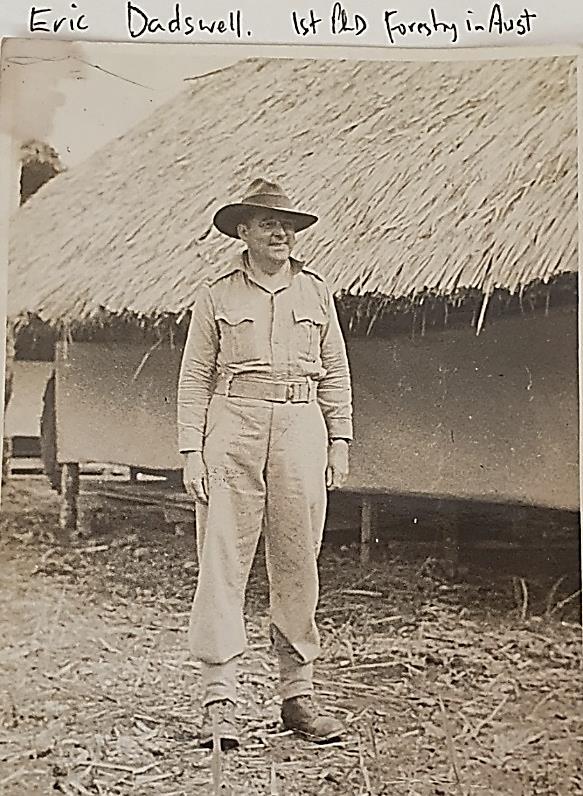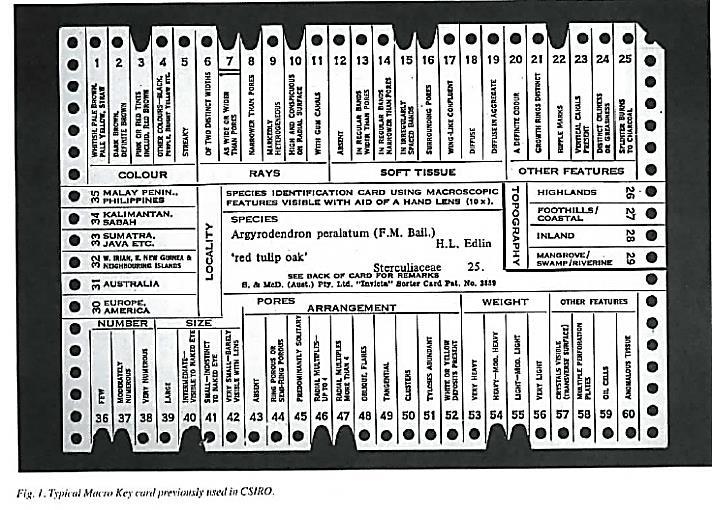
4 minute read
July 1943 Conference re Utilisation of the Forest Resources of TPNG
from PNGAF MAG ISSUE #9J W3 of19th Nov 2022 PNG WOODS Phases of Industrial Development till 1975
by rbmccarthy
July 1943 Conference re Utilisation of the Forest Resources of TPNG
In July 1943, a conference convened to consider the utilisation of the forest resources of Papua New Guinea to meet the requirements of the Allied Forces in the area, recommended to the Commonwealth Government that a central timber control be set up to do this, and that any timber surplus to the needs of the service be sent to Australia. As a result, the Engineer in Chief of the Australian Forces was instructed to raise a New Guinea Forest Service within the Royal Australian Engineers, composed of a Headquarters Unit and three or more Survey (reconnaissance) Units to perform in New Guinea, those functions normally carried out by a civil forestry department. Its duties were outlined as 1. The implementation of forest policy as determined by the Commander in Chief. 2. Prior allocation and survey, as far as operational conditions permitted of areas to be milled by all Australian Army sawmilling units. 3. The compilation of information on milling necessary for compensation purposes. 4. Liaison with United States of America forces to bring all timber liaison in New Guinea under a common policy and to obtain records necessary for reverse lend lease adjustments. 5. Liaison with Australian New Guinea Administration unit (ANGAU) on civil rights. 6. The undertaking of surveys to provide the maximum forestry information. 7. Correlation and maintenance of forestry information and records in such a manner that they could be handed over to a civil service at an appropriate time. At the conference in Melbourne on 29/7/1943 representatives of the Australian and US Armies (including Jim McAdam), ANGAU, the Australian Inspector General of Forests (Lane Poole), the Allied Works Council, the Australian Controller of Timber, Department of Munitions and Department of External Territories, focused on three main questions shipping, sawmill plant and manpower with a central timber control to come under ANGAU led by Jim McAdam. By May 1994, McAdam was tasked with: • organising a survey of possible harvesting areas. • assemble all information pertinent to the timber resource and milling of such timbers. • advice on sawmill equipment and supervision of all Australian sawmill personnel. • maintain records of the quantities of timber milled by Australian and USA forces. • The Australian command had difficulty with USA forces. They were suspicious that such data would be the basis for a claim against the USA. • McAdam deserves credit for insisting that all timbers harvested be recorded for
Advertisement
eventual recompense to be made to the native owners for use of their trees. This became part of official Australian orders.
The major tasks were the location of supplies of timber for immediate operational requirements of the various war services, and an assessment of the forest resources of the south-west Pacific Area, for both operational and post-war purposes, to the extent that available transport, communications, and enemy occupation permitted. In this, considerable use was made of air-photo interpretation supported by ground reconnaissance and sampling. To undertake McAdam’s task, the raising of 1 Command Royal Engineers (New Guinea Forests) was complete with the Headquarters Unit, where Lieutenant Colonel Jim McAdam MM (head of pre-war New Guinea Forest Service) as the Commanding Officer of 1 Aust CRE (New Guinea Forests) (the headquarters unit); Major WT (Bill) Suttie commanded the 1 Australian Forest Survey Coy and Major A E (Bert) Head (Victoria) in command of the 2
Australian Forest Survey Coy were functional by May 1944. Two officers of the pre-war service Mr Cavanagh and Mr Vickery were recruited. Major Max Jacobs headed the technical unit in Australia responsible for organising wood testing etc.
Dr Eric Dadswell Yalu Forest Resource Workshop July 1944. Photo credit Linda Cavanaugh Manning.

An example below of a card sorting system similar to what Dadswell produced for timbers of New Guinea and neighbouring islands in 1940’s. The unit had come together about mid-1944 and for the next three months at Lae was put through an intensive training in recognition of New Guinea species and handling New Guinea report on immediate timber supplies for operational purposes. During this time, a plan was draw up for the survey of the timber resources of as much of the Territories as possible. This survey was launched about the end of 1944 and continued till the war ended, and the units were disbanded about October 1945. One of the functions of the CRE-NG Forests written in instructions at the formation was “the maintenance of forestry records in a manner suitable for handing over to a Civilian Forest service at the appropriate time.” Consequently, when the unit was disbanded, Mr Vickery, who was now the Forest Ranger at Bulolo, was left in charge of the records, which he handed over to Mr Cavanaugh, when he returned to the Islands in his civilian capacity52 . Two years of intensive work in resource inventory was carried out. Using aerial photographs and criteria evolved from field correlation studies, vegetation types were mapped over an area of some 56,000 square miles, about 30 per cent of the total land area, on one inch to the mile military maps. By the end of the war nearly a quarter of the vegetation mapping had been ground checked. This work provided an excellent base for post-war forestry development. The Australian Army sawmillers all established sawmills in PNG By the end of the war, approximately 190 thousand cubic metres of sawn timber had been produced plus many other round timbers for encampments, corduroy, bridge timbers, telephone posts, piles, firewood, and many other needs of a vast army.
52 Reference: PNGAF Mag # 3 of 3/11/20

